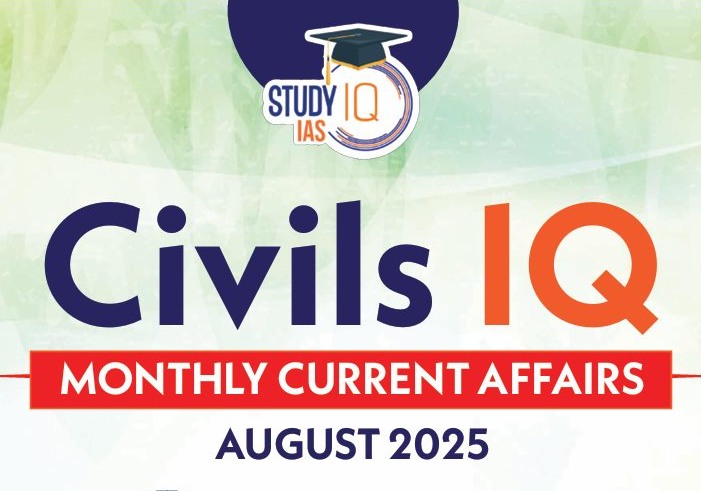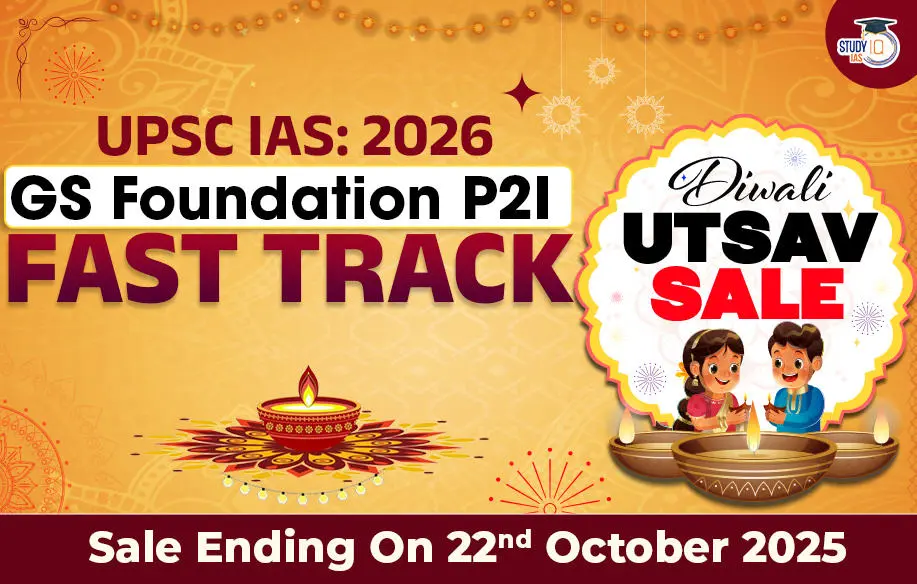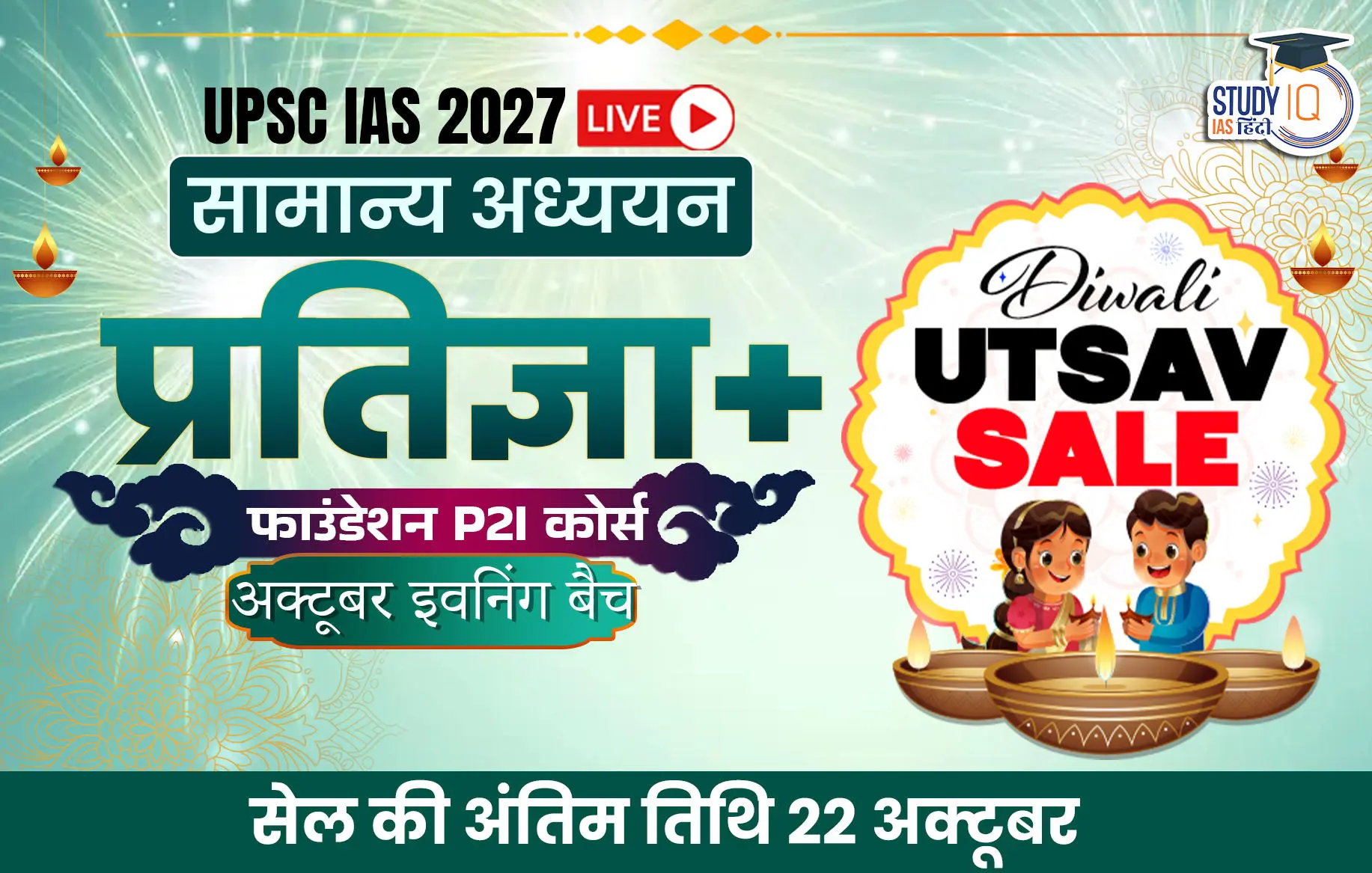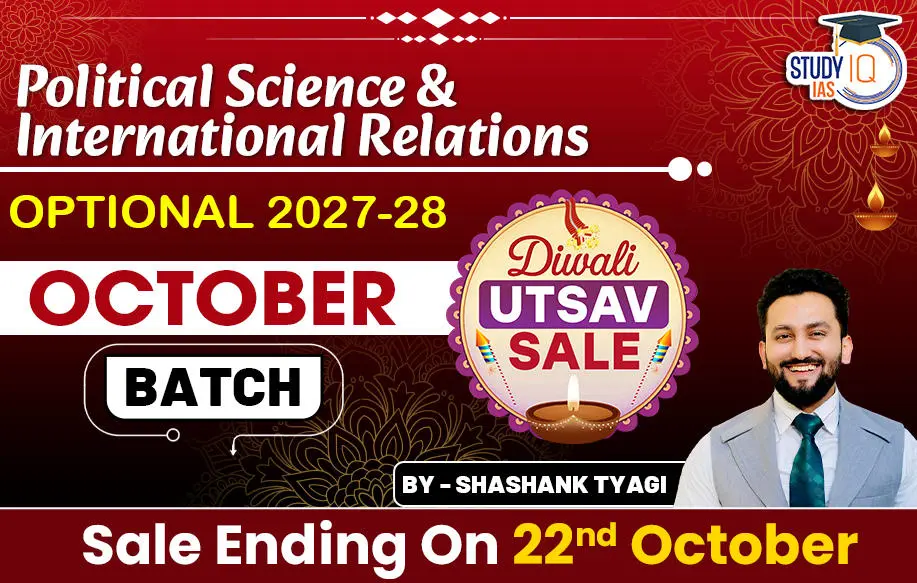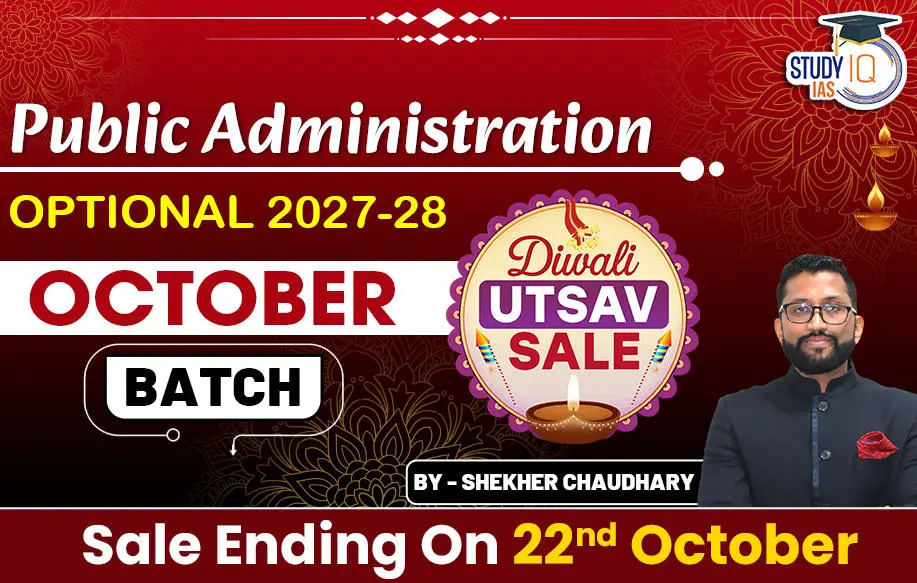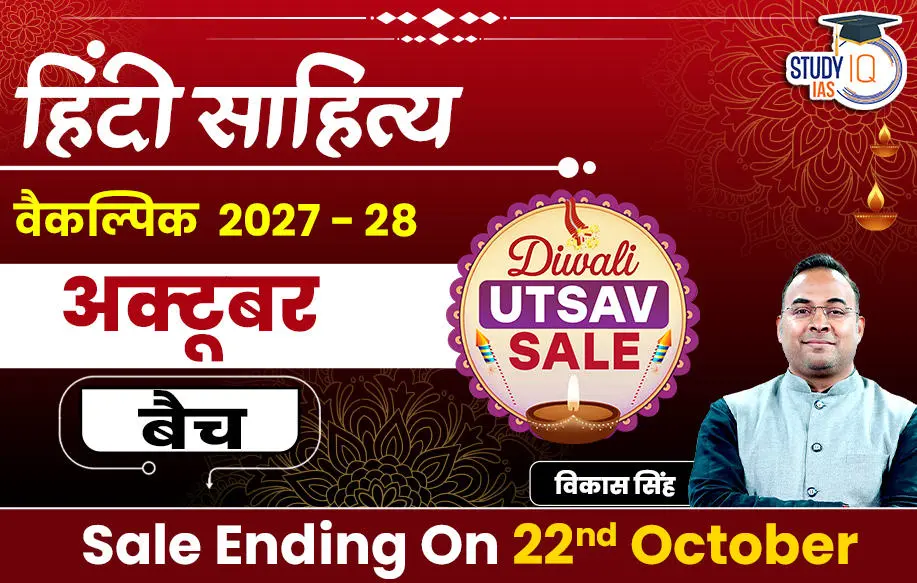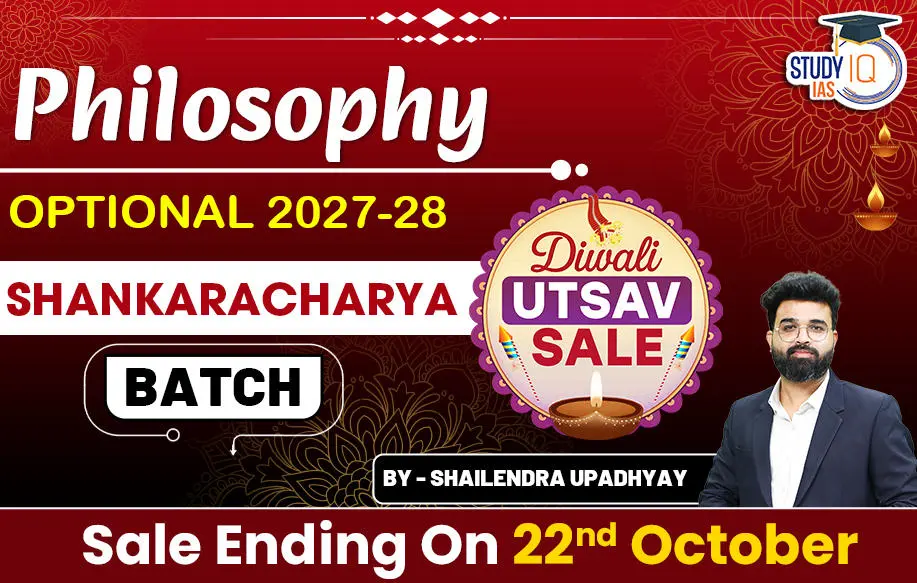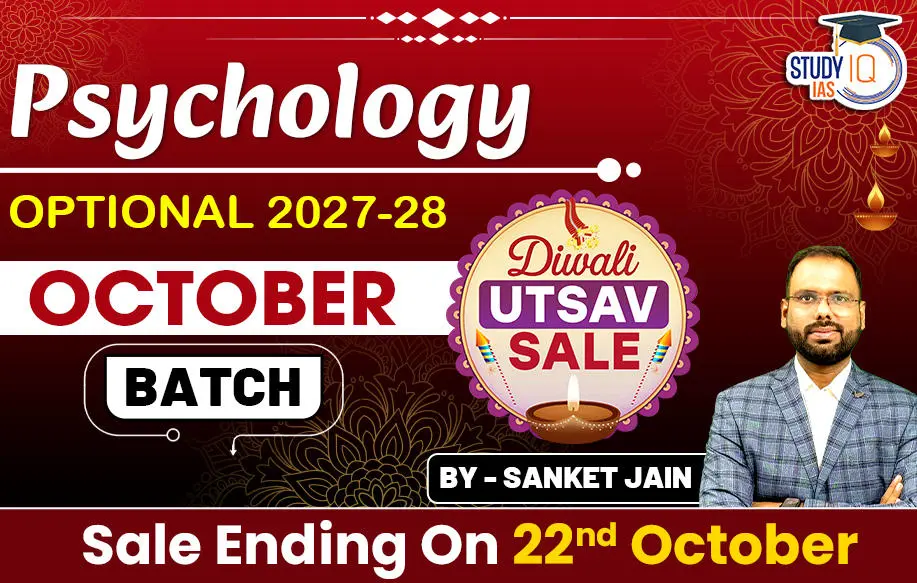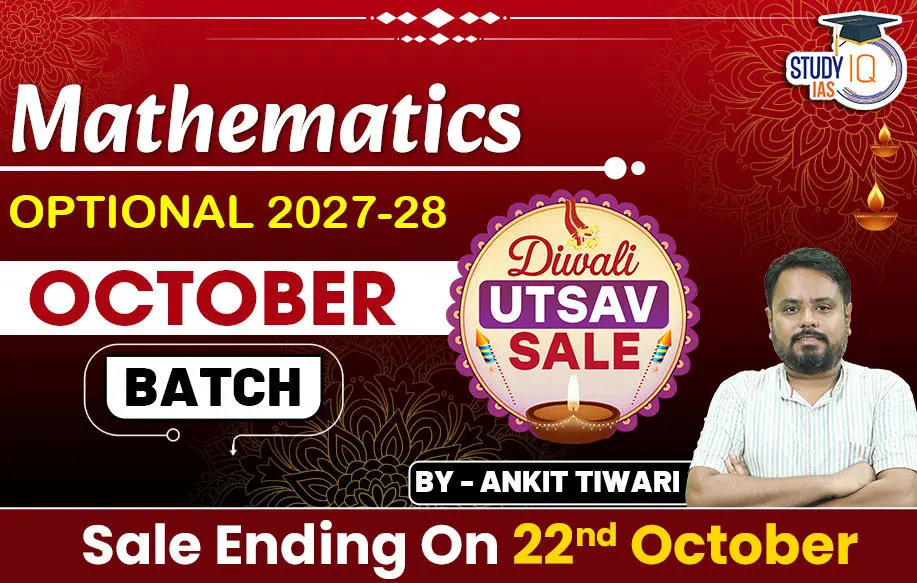Current Affairs 14th April 2023 for UPSC Prelims Exam
Transfer of Cases under CrPC, 1973
Context: The Supreme Court has held in a judgment that criminal cases under trial should be transferred from one State to another only in “exceptional circumstances”.
About the ‘Transfer of Cases under CrPC, 1973’
- The procedure to be mandatorily followed while pursuing a case is briefly dealt with under the Code of Criminal Procedure (CrPC), 1973.
- Six types of transfers: Chapter XXXI of the Code contains the provisions related to the transfer of the criminal cases from Section 406 to 411.
- Section 406 confers the power upon the Supreme Court to transfer cases and appeals.
- Section 407 empowers the High Courts to transfer cases and appeals.
- The Sessions judges are also conferred with the power to transfer cases and appeals by the Code under Section 408.
- Section 409: The power of a Sessions Judge to withdraw cases from Additional Sessions Judge, Assistant Sessions Judge or Chief Judicial Magistrate.
- Section 410: The power of Chief Judicial Magistrate to withdraw a case from any Magistrate subordinate to him.
- Section 411: The power of Executive Magistrates, i.e., District Magistrates and Sub-Divisional Magistrates, to withdraw cases.
Power of the Supreme Court to transfer cases and appeals
- Section 406 of CrPC: The section gives the Supreme Court the power to transfer cases or/and appeals from one High Court to another High Court.
- This power can be exercised by the Supreme Court whenever it seems necessary and reasonable for justice.
- However, the Supreme Court can only act under the application of the Attorney-General of India or the interested party (complainant, Public Prosecutor, accused, etc.).
- The power of the Supreme Court to transfer the cases and appeals also extends to the transfer the cases from any subordinate court in the country where any matter is pending.
- Note: The Supreme Court does not have the power to withdraw a case from a Special Judge and transfer it to the High Court.
- Grounds for transfer of appeal and cases:
- Upholding the spirit of justice
- Recommendations made by superior judicial officers
- Request by trial court due to limited jurisdiction
- Differences between party and judicial officer
- Infringement of principles of natural justice.
Power of the High Courts to transfer cases and appeals
- The power to transfer the cases to the High Court is given under section 407 of the CrPC.
- The High Court can exercise this power on the report of the lower court or on the application of a party interested.
- This power can also be exercised on its own initiative by the High Court.
- However, the application for the transfer of a case from one criminal court to another criminal court in the same Session Division can be laid down before a High Court only if it has been previously made to the Sessions Judge and was rejected by him.
Current Affairs 13th April 2023 for UPSC Prelims Exam
Foreign Exchange Management Act (FEMA)
Context: The BBC has been booked under Foreign Exchange Management Act (FEMA) by ED for alleged foreign exchange violation.
About FEMA:
- FEMA, 1999 is a law relating to foreign exchange, which aims to facilitate external trade and payments and promotes the orderly development and maintenance of foreign exchange market in the country.
- FEMA replaced the the Foreign Exchange Regulation Act (FERA), which had become incompatible, owing to pro-liberalization policies of the government. It made offences related to foreign exchange civil offenses.
- Classification of transactions: FEMA act classifies all foreign exchange transactions either as capital or current account transactions.
- Capital account transactions:
- Capital Account transaction refers to transaction that alters the assets or liabilities, including contingent liabilities, outside India of Indian residents or alters the assets or liabilities in India of individuals residing outside India.
- Ex: Capital inflows like Equities, Grants and Debt.
- Current account transactions:
- These are the transactions carried out by a resident that do not alter his / her assets or liabilities, including contingent liabilities, outside India.
- Ex: Foreign remittances, trade, student remittances etc.
- Capital account transactions:
- Defining resident: Under Section 2(v) of FEMA, 1999. An Indian is:
- A person staying in India for more than 182 days during the course of the preceding financial year.
- Any person or body corporate registered or incorporated in India.
- An office, branch or agency in India owned or controlled by a person staying outside India.
- An office, branch or agency outside India owned or controlled by a person staying in India.
- Guidelines:
- The Central Government has the power to regulate the flow of payments to and from a person located outside India.
- All financial transactions regarding foreign securities or exchange cannot be performed without the approval of FEMA. They must go through “Authorised Persons.”
- The Government of India has powers to restrict an authorized individual from carrying out foreign exchange deals within the current account, in the general interest of the public.
- RBI has been empowered to impose restrictions on transactions from capital Account even though it is carried out via an authorized individual.
| Foreign Exchange Regulation Act | Foreign Exchange Management Act |
| The FERA law was passed with a notion that Foreign Exchange is a scarce resource and need to be conserved.
The definition of “Authorized Person” was narrow as banking units did not come under the definition. Violation amounted to a criminal offence. There was direct punishment without provision for fine. Prior approval of RBI was needed for transferring of funds for external operations. Appeals against convictions were directly sent to High Courts due to absence of tribunals. Citizenship was the basis for determining the residential status of the entity. |
FEMA was based on the belief that Foreign Exchange is an asset and had to be properly managed.
It widened the definition of “Authorized Person” by including banking units. Violation of FEMA rules constitutes a civil offence and there is a provision for paying a penalty. No prior approval of RBI is need for external trade and remittances. It has options of Special Director (Appeals) and Special Tribunal. The residential status can be determined if they stay more than 6 months stay in India. |
Enforcement Directorate (ED):
- ED is a law enforcement and economic intelligence agency that is responsible for enforcing economic laws and fighting economic crime in India.
- It is part of the Department of Revenue, Ministry of Finance. It is composed of officers from the Indian Revenue Service, the Indian Administrative Service, and Indian Police Service as well as promoted officers from its own cadre.
- Mandate: ED has the mandate to enforce acts such as Foreign Exchange Management Act, 1999 (FEMA), the Prevention of Money Laundering Act, 2002 (PMLA), and the Fugitive Economic Offenders Act, 2018 (FEOA).
- Trials: Under section 4 of PMLA, the Central Government (consulting with the chief justice of the High Court) can designate one or more Sessions Court as “PMLA Court”.
- An order passed by PMLA court can be challenged in the High Court for that jurisdiction.
Kudmis & Criteria for ST Status
Context: The Kudmi community, which is demanding Scheduled Tribe (ST) status and the inclusion of their language in the Eighth Schedule of the Constitution, lifted their agitation following assurances from the West Bengal government.
About the Kudmis:
- Kudmis are mainly a peasant community.
- Agriculture and animal husbandry are the primary occupation of these tribes
- Distribution:
- Their population is concentrated in the Junglemahal areas or the Chota Nagpur plateau of West Bengal, Jharkhand and Odisha.
- Some Kudmis are also found in Assam and northern West Bengal, who have migrated from the Chota Nagpur plateau region.
- Status during British era:
- During the British rule, they were in the Scheduled Tribe or Aboriginal community list, and were regarded as a primitive tribe, like the Munda, Oraon, Bhumij, Kharia, Santhal, and others.
- Status after Independence:
- After 1950, when the Scheduled Tribe list was prepared in independent India, Kudmis did not find a place on it.
- They are included in the OBC list.
- Ever since, they have been fighting for the restoration of their identity as a Scheduled Tribe.
- Why they were excluded?
- During the British rule, some affluent Kudmis wanted to elevate their social status as “kshatriya” in the Hindu caste hierarchy, while other members opposed this “sanskritisation”.
The Criteria for ST Status:
- The criteria for ST status are primitive traits, distinctive culture, backwardness, geographical isolation, and shyness of contact with the large community.
The Process of Inclusion in the ST List:
- The process of adding tribes to the ST list starts with a recommendation from the State governments.
- It is sent to the Tribal Affairs Ministry, which reviews and sends them to the Registrar General of India, Under the Home Ministry for approval.
- After approval, it is sent to the National Commission for Scheduled Tribes and then sent to the Cabinet for a final decision.
- Once the cabinet finalizes it, then it introduces a bill in the parliament to amend the Constitution (Scheduled Castes) Order, 1950, and the Constitution (Scheduled Tribes) Order, 1950.
- After the amendment bill is passed by both the Lok Sabha and Rajya Sabha, the President’s office takes the final decision under Articles 341 and 342 of the Constitution:
Benefits in the Inclusion in the ST List:
- Some of the major benefits include post-matric scholarship, overseas scholarship and the national fellowship, besides education, concessional loans from the National Scheduled Tribes Finance and Development Corporation, and hostels for students.
- In addition, they will also be entitled to benefits of reservation in services and admission to educational institutions as per the government policy.
Status of Scheduled Tribes in India:
- As per Census-1931, Schedule tribes are termed as “backward tribes” living in the “Excluded” and “Partially Excluded” areas. The Government of India Act of 1935 called for the first time for representatives of “backward tribes” in provincial assemblies.
- The Constitution does not define the criteria for recognition of Scheduled Tribes and hence the definition contained in 1931 Census was used in the initial years after independence.
- However, Article 366(25) of the Constitution only provides process to define Scheduled Tribes: “Scheduled Tribes means such tribes or tribal communities or parts of or groups within such tribes or tribal communities as are deemed under Article 342 to be Scheduled Tribes for the purposes of this Constitution.”
- 342(1): The President may with respect to any State or Union Territory, and where it is a State, after consultation with the Governor, by a public notification, specify the tribes or tribal communities or part of or groups within tribes or tribal communities as Scheduled Tribe in relation to that State or Union Territory.
- The Fifth Schedule of the Constitution lays out provision for Administration and Control of Scheduled Areas and Scheduled Tribes.
- The Sixth Schedule deals with the administration of the tribal areas in Assam, Meghalaya, Tripura and Mizoram.
Jallianwala Bagh Massacre
Context: The Jallianwala Bagh Massacre, which occurred on April 13, 1919, in Amritsar, Punjab, during the British colonial era marked its 104th year recently.
About Jallianwala Bagh Massacre:
Background:
- On March 10, 1919, the Rowlatt Act, also known as the Black Act, was passed, granting the government the power to detain individuals associated with seditious activities without a trial.
- The Act caused widespread unrest throughout India.
- To protest against it, Gandhiji initiated Satyagraha and published an article titled “Satyagrahi,” outlining methods to oppose the Act.
- The British authorities discussed the measures to be taken against Gandhi and other leaders participating in the Satyagraha, including the prohibition on Gandhi entering Punjab and his arrest if he disobeyed.
- Dr. Saifuddin Kitchlew and Dr. Satyapal, prominent leaders who symbolized Hindu-Muslim unity, organized a peaceful demonstration against the Rowlatt Act in Amritsar for which they were arrested and detained.
Unfolding of the events & the Subsequent Massacre:
- The arrest of the leaders caused resentment among the Indian protestors who came out in thousands on April 10 to show their solidarity with their leaders.
- To curb any future protest, the government put martial law in place and law and order in Punjab was handed over to Brigadier-General Dyer.
- On 13 April 1919, on Baisakhi day, a large crowd of people mostly from neighbouring villages, unaware of the prohibitory orders in Amritsar gathered in the Jallianwala Bagh.
- With his troops, Dyer entered the Bagh through a narrow alley, the only entry and exit path with Gorkha and Baluchi soldiers armed with rifles.
- Without giving the crowd any warning to disperse, he ordered his troops to fire and the soldiers fired around 1,650 rounds resulting in bloody massacre and fatality.
- The official figure released by the British claimed that over 350 people were killed in the massacre and the Congress party claimed that the number was as high as 1,000.
Post the Massacre
- Two days after the massacre, Martial Law was clamped down on five districts – Lahore, Amritsar, Gujranwala, Gujarat and Lyallpore.
- The declaration of Martial Law was to empower the Viceroy to direct immediate trial by court-martial of any person involved in the revolutionary activities.
- As the news of the massacre spread across the nation and Rabindranath Tagore renounced his Knighthood that he got in 1915.
- Sir Sankaran Nair resigned from the Viceroy’s Council in the aftermath of Jalianwala Bagh massacre
- It led Mahatma Gandhi to begin organizing his first large-scale and sustained nonviolent protest (satyagraha) campaign, the Non Cooperation Movement (1920-22).
Hunter Commission:
- On October 14, 1919, the Disorders Inquiry Committee, later came to be known as the Hunter Commission, was formed to inquire about the massacre.
- Indian members of the commission included Sir Chimanlal Setalvad, Pandit Jagat Narayan and Sardar Sultan Ahmed Khan.
- It was directed to announce their verdict on the justifiability, and the steps taken by the government.
- All the British officials involved in the administration during the chaos in Amritsar were interrogated including General Dyer and Mr Irving.
Uthiramerur Inscription
Context: At Tamil New Year celebration, Indian Prime Minister invoked Uthiramerur inscription.
About Uthiramerur
- It is situated in Kancheepuram district, of Tamil Nadu.
- The Pallava king Nandivarman II established it around 750 A.D.
- The Pallavas, the Cholas, the Pandyas, the Sambuvarayars, the Vijayanagara Rayas, and the Nayaks successively ruled it.
- The village has three important temples:
- Sundara Varadaraja Perumal temple
- Subramanya temple
- Kailasanatha temple
- The three temples have a large number of inscriptions, notably those from the reigns of Raja Raja Chola (985-1014 A.D.), his son Rajendra Chola, and the Vijayanagara emperor Krishnadeva Raya.
- Rajendra Chola as well as Krishnadeva Raya visited Uttaramerur.
About Uthiramerur inscription.
- It dated around 920 A.D. in the reign of Parantaka Chola [907-955 A.D.].
- It is a veritable written constitution of the village assembly that functioned 1,100 years ago.
- Village assembly of Uttaramerur drafted the constitution for the elections. The salient features were as follows:
- the village was divided into 30 wards, one representative elected for each.
- Specific qualifications were prescribed for those who wanted to contest.
- The essential criteria were age limit, possession of immovable property, and minimum educational qualification.
- Those who wanted to be elected should be above 35 years of age and below 70.
- Entire village, including infants, had to be present at the village assembly mandapa at Uttaramerur when elections were held.
ASEAN
Context: Association of Southeast Asian Nations (ASEAN) has “strongly condemned” an air strike that is estimated to have killed more than 100 people in a remote village in Myanmar.
About Association of Southeast Asian Nations (ASEAN)
- It was founded in 1967 by the five Southeast Asian nations of Indonesia, Malaysia, Philippines, Singapore and Thailand.
- It is a regional grouping that aims to promote economic and security cooperation among its ten members.
- Members: Brunei, Cambodia, Indonesia, Laos, Malaysia, Myanmar, the Philippines, Singapore, Thailand, and Vietnam.
- ASEAN is headed by a chair—a position that rotates annually among member states—and is assisted by a secretariat based in Jakarta, Indonesia.
- If ASEAN were a country, it would be the seventh-largest economy in the world, with a combined GDP of $2.6 trillion in 2014.
- By 2050 it is projected to rank as the fourth-largest economy.
- Home to more than 622 million people, the region has a larger population than the European Union or North America.
- It also has the third-largest labour force in the world, behind China and India.
- Significance: ASEAN has played a central role in Asian economic integration, joining negotiations to form the world’s largest free trade agreement and signing six free trade deals with other regional economies.

India-ASEAN Relationship
- ASEAN is central to India’s Act East policy, which focuses on the extended neighbourhood in the Asia-Pacific region.
- The policy was originally conceived as an economic initiative but has gained political, strategic and cultural dimensions including the establishment of institutional mechanisms for dialogue and cooperation.
- India is part of the ASEAN Plus Six grouping, which includes China, Japan, South Korea, New Zealand and Australia as well.
- In 2010, a Free Trade Agreement was signed and entered into force between India and ASEAN.
- In 2018, ASEAN leaders were the chief guests at India’s republic day parade.
Bihu Dance
Context: India’s Northeastern state Assam recently marked its name in the Guinness Book of World Records by performing the traditional Bihu dance at a single venue.
Background
- More than 11,000 performers, including drummers and dancers, participated at the Sarusajai Stadium in Guwahati in the State Government’s bid to register its world record in the Guinness Book.
- During the event, the performers included singers and those playing the state’s traditional instruments such as Dhol, Taal, Gogona, Toka, Pepa, and Xutuli, among others.
About the Bihu Dance
- Bihu is the main festival of Assam.
- Bihu dance has been an integral part of the culture of various ethnic groups in Assam like the Deoris, Sonowal Kacharis, Moran, Borahis and others.
- It is celebrated three times a year.
- Rongali or Bohag Bihu is observed in April. It marks the wish for a good harvest because this is the time when farmers start sowing.
- Kongali or Kati Bihu is observed in October which marks the cutting and binding of grains.
- Bhogali or Magh Bihu is observed in January which marks the end of the harvesting season.
- Rongali or Bohag Bihu is the Assamese new year and spring festival. The Rongali Bihu coincides with Punjabi New Year Baisakhi.
- According to Assamese history, the first ever Bihu dance performance was done in 1694 when the Ahom king Rudra Singha (1696-1714) invited Bihu dancers on the special occasion of Rongali Bihu.
- Festive food – pitha (rice cake) and larus (traditional food made of rice, coconut) are prepared.
- The dancers adorn the traditional mekhela chador during their performance.
- While mekhela is a cylindrically shaped outfit worn on the lower half of the body, the chador is draped like a shawl to cover the upper half.
- The attires are usually made from Muga silk, which is exclusively produced in Assam.
- Women dancers also wear ethnic heavy jewellery and beautify their braids with colourful flowers.
Other Major Festivals of Assam
- Me-Dum-Me-Phi
- It is the ancestor worship festival which is observed by the whole Ahom community.
- This is performed annually on the 31st of January and helps to develop social contacts and community feelings among the Ahoms.
- Colourful processions with devotees in traditional finery are also taken out on the occasion.
- Baishagu
- This festival is commonly celebrated by the tribe of ‘Boro Kacharis’ of Assam in April.
- The Bodos also celebrate it as a springtime festival at the advent of the new year.
- In this festival of Baishagu many traditional musical instruments are used like Khawbang, Jotha, Gogona, Siphung, Kham etc.
- At the end of this festival,the Assamese people gather together in a specified place for a community prayer which is called as “Garjasali” in Assamese language.
- Ambubachi Mela
- It is the most important festival of Kamakhya temple of Guwahati and is held every year during monsoon (mid-June). It is a ritual of austerities celebrated with ‘Tantric rites’.

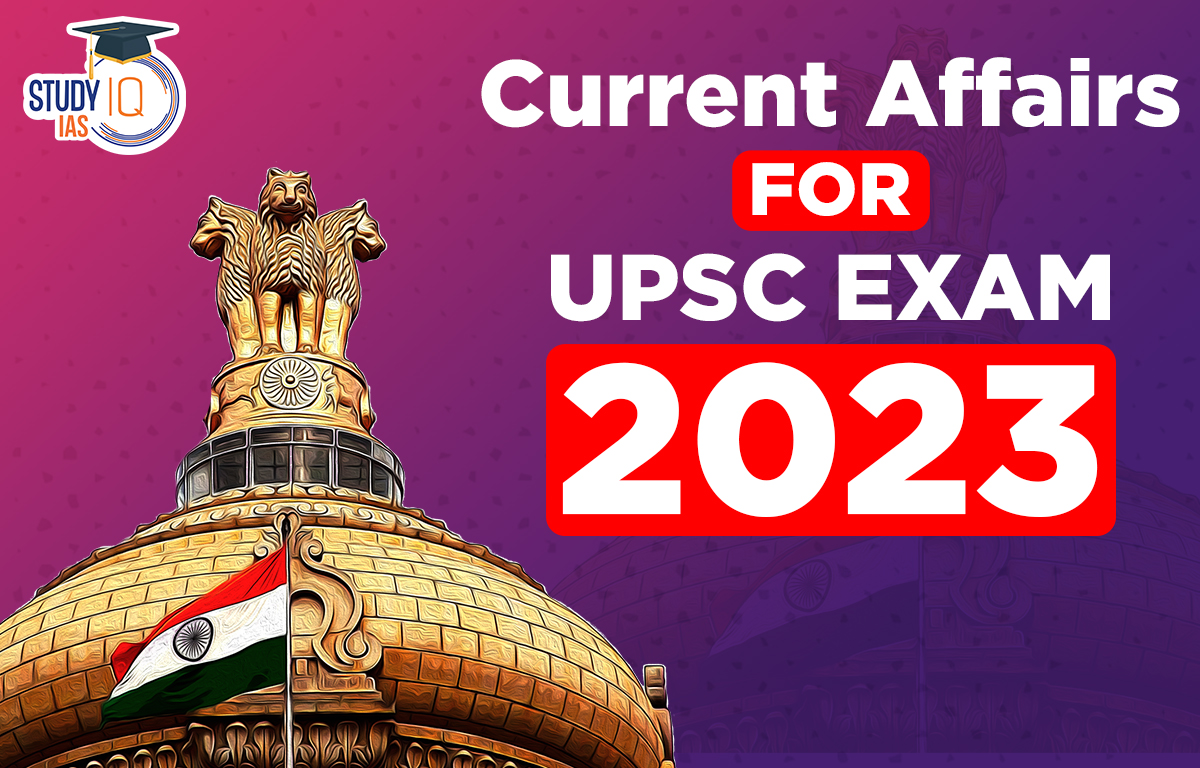
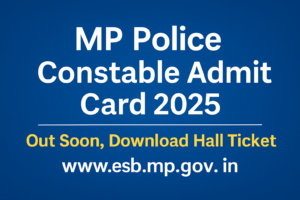 MP Police Constable Admit Card 2025 Out ...
MP Police Constable Admit Card 2025 Out ...
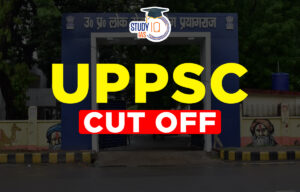 UPPSC PCS Cut Off 2025: Check Expected a...
UPPSC PCS Cut Off 2025: Check Expected a...
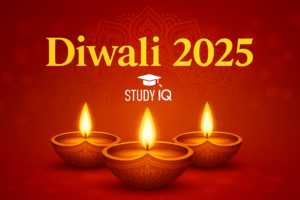 Diwali 2025 Calendar: Dhanteras to Bhai ...
Diwali 2025 Calendar: Dhanteras to Bhai ...
